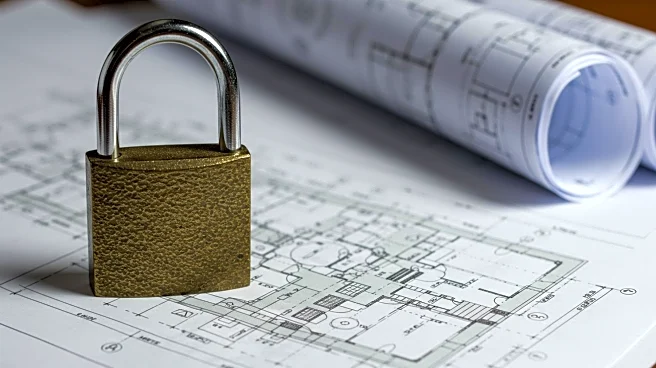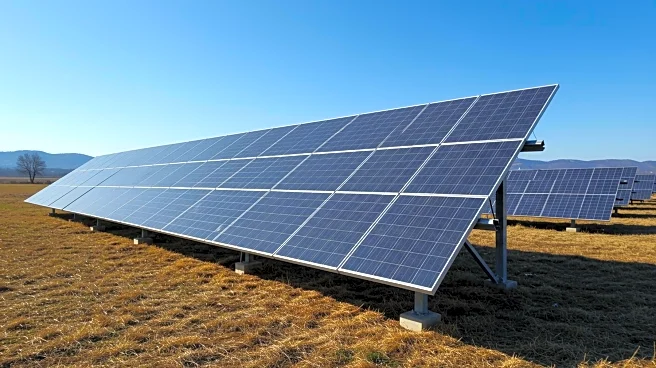What is the story about?
What's Happening?
The National Grid in the UK is experiencing unprecedented electricity grid balancing costs in Scotland, reaching £1.2 billion over the past year. This marks an eight-fold increase from £147 million five years ago, according to data from the National Energy System Operator (NESO). These costs are distributed among UK billpayers, equating to approximately £15 per household in Scotland. The surge in costs is attributed to the variability in Scotland's power output and the reduction in nuclear capacity following the closure of Hunterston B in 2022. This has led to increased reliance on intermittent power sources and imports from England during low wind periods.
Why It's Important?
The escalating grid balancing costs highlight the challenges faced by the energy sector in managing renewable energy sources and maintaining a stable power supply. The closure of nuclear facilities like Hunterston B has increased dependency on less reliable power sources, impacting consumers financially. The situation underscores the need for a balanced mix of power sources, including nuclear, to ensure a secure and cost-effective energy system. The Scottish Government is urged to consider new nuclear projects to stabilize the grid and reduce costs.
What's Next?
The Scottish Government may need to reassess its energy strategy, potentially increasing investment in nuclear power to mitigate rising costs and ensure a reliable energy supply. Stakeholders, including consumers and energy companies, are likely to advocate for a diversified energy mix to address these challenges.
AI Generated Content
Do you find this article useful?












